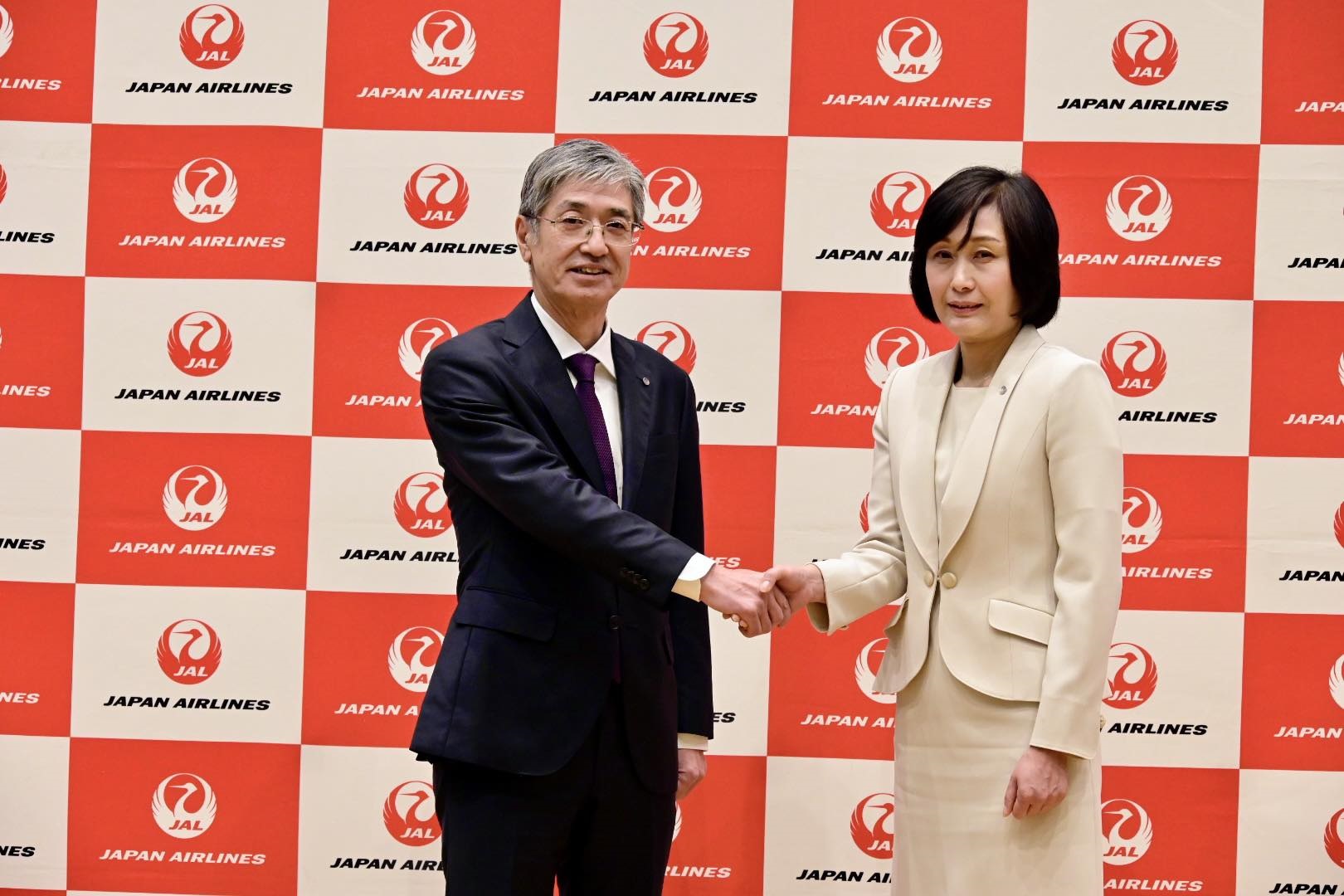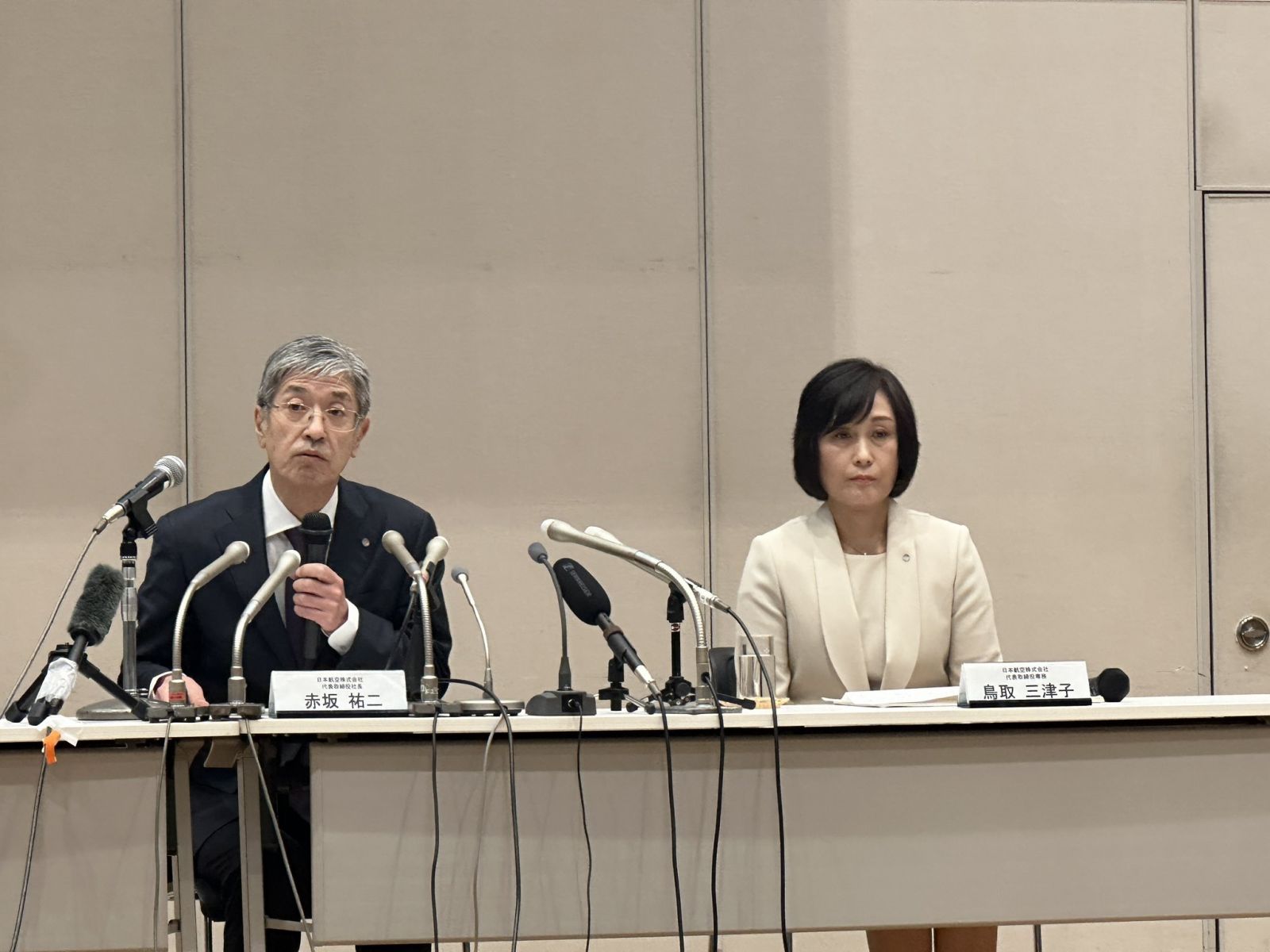


Japan Airlines (JAL) announced on the 17th that Managing Director Mitsuko Tottori (59) will be promoted to president on April 1st. Mr. Tottori was a flight attendant (CA).
This is the company's first female president. President Yuji Akasaka will serve as chairman with representative rights. Chairman Yoshiharu Ueki will step down as director at the annual general meeting of shareholders scheduled to be held in June.
Ms.Tottori joined JAL in 1985. After building up her career mainly in the CA field, she was appointed as Executive Officer and General Manager of the Room Division in April 2020.
She was promoted to managing director and managing director, and since June last year, she has also served as group CCO (chief customer officer). After the company went bankrupt in 2010, the late Kyocera founder Kazuo Inamori, who was given the reins of JAL, reformed its corporate culture through a variety of initiatives.

Mr. Akasaka also has a background in the maintenance field, and the company has selected top management personnel who are close to the field, and the same trend will continue this time as well.
At a press conference, Mr. Akasaka recalled that she thought,
``We have to overcome the coronavirus anyway.We cannot pass the baton to the next president in this situation.'' This year, it appears that the company will achieve or exceed its EBIT (earnings before interest and taxes) target of 100 billion yen for the current fiscal year, and continued,
``I thought it was time for me to finish my role and move on to the next person.''
At the beginning of this year, a JAL passenger plane and a Japan Coast Guard aircraft collided at Haneda Airport, resulting in a fiery accident, and aviation safety is once again attracting attention.
Ms. Tottori, who has experience in departments responsible for safety during his career, said,
``Even with the new system, my feelings about safety have not wavered at all,'' and she plans to focus her efforts on building a safety system based on the accident at Haneda.
According to Akasaka,
``we will need to purchase additional aircraft'' to compensate for the loss of one large aircraft due to this accident. After placing an order, it will take one to two years for the aircraft to be delivered, so the company plans to maintain current operations by using standby aircraft until then.
Mr. Akasaka declined to discuss the cause of the collision at Haneda Airport in detail, citing the ongoing investigation by the Japan Transport Safety Board, adding that the interaction between aircraft and controllers is "still analog." "We have long regarded this as a major risk for the aviation industry," he said, adding that he hoped some lessons could be learned from this accident.
More News From Japanese Aviation....
